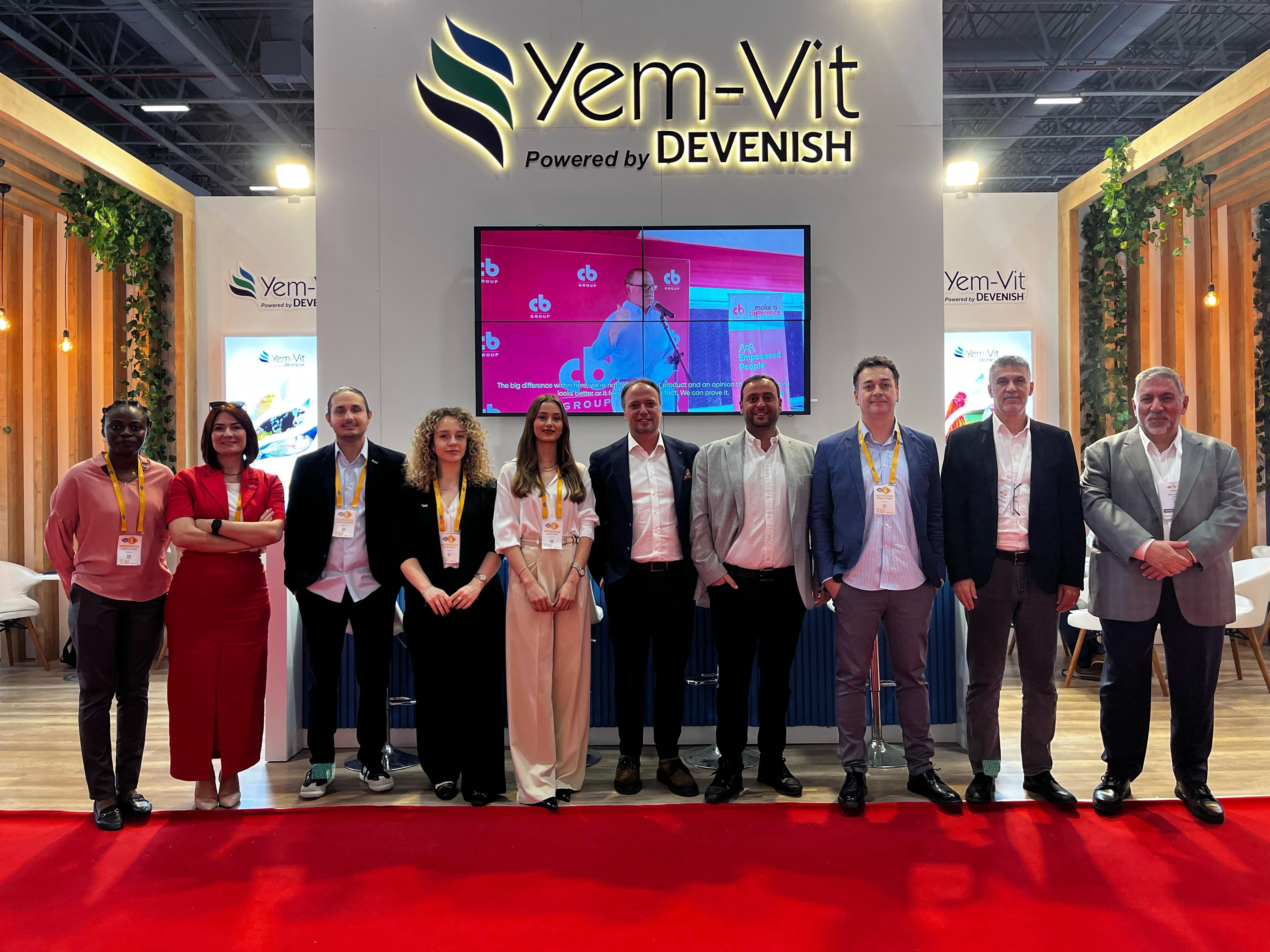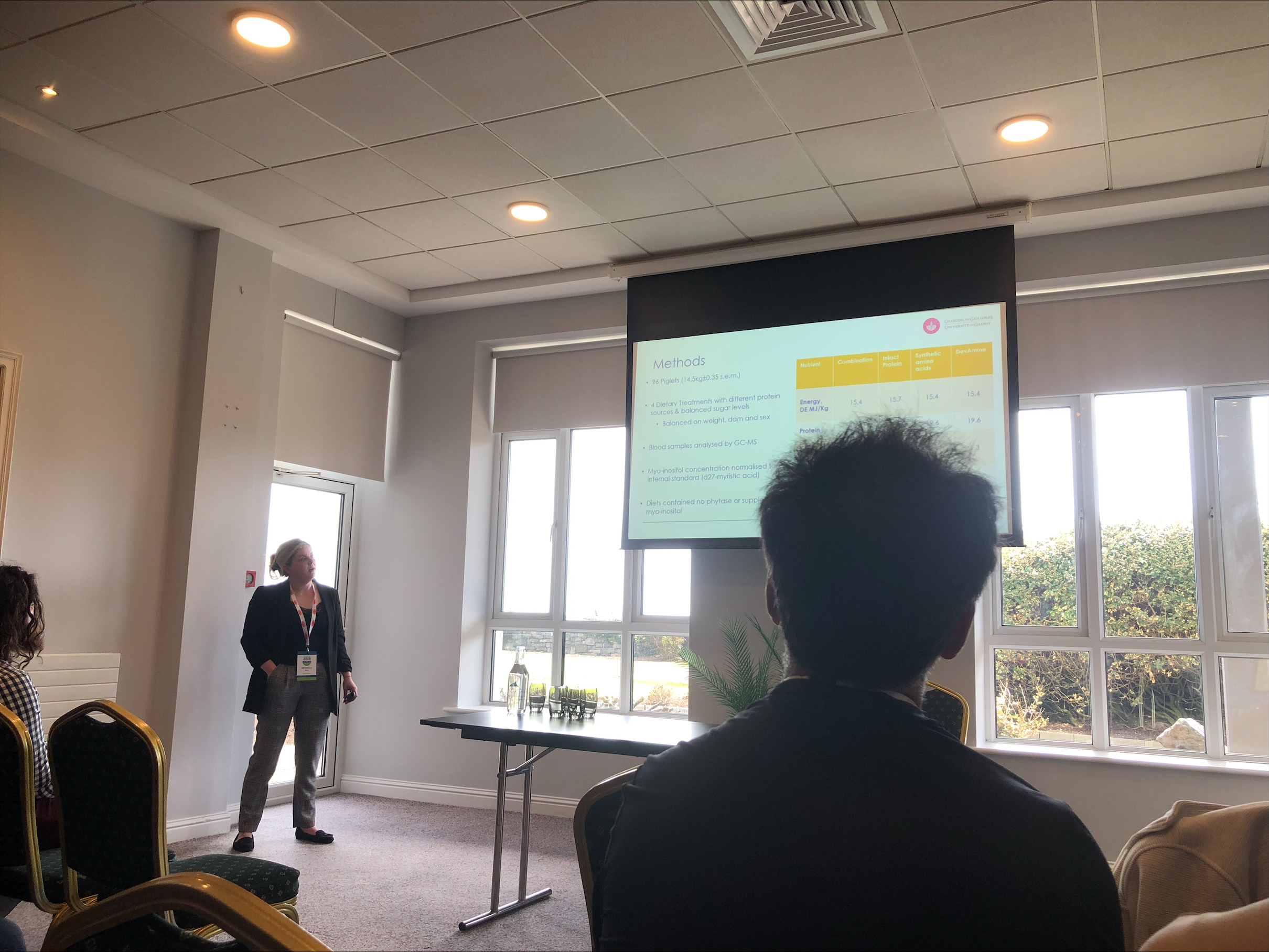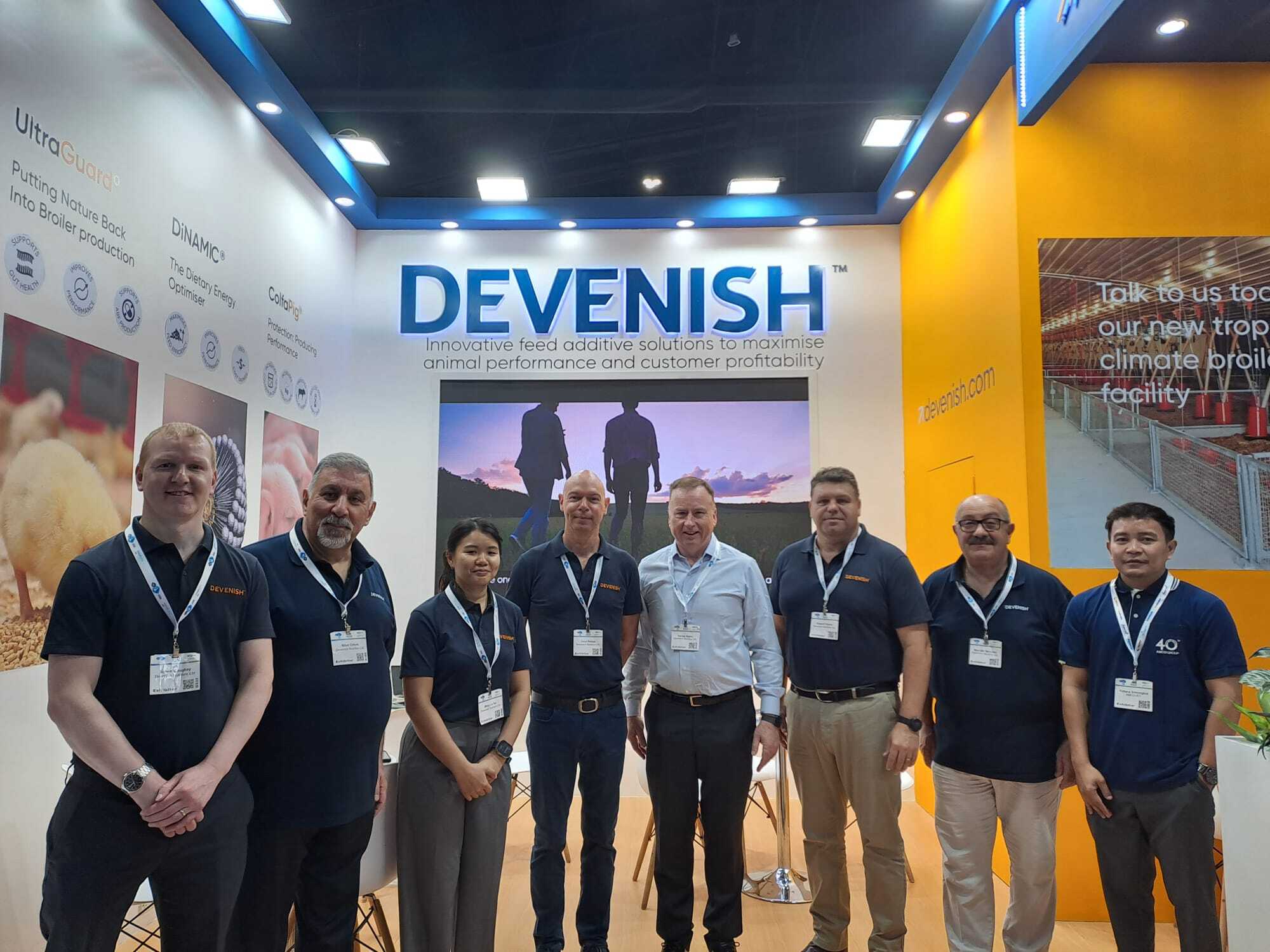The challenge
Increasing levels of plant protein in aquafeeds often causes essential amino acid imbalance, leading to compromised growth, reduced feeding efficiency and increased feeding cost. Most commonly, Lysine and Methionine are the first limiting amino acids in plant formulations where fish meal has been replaced by plant derivatives. Synthetic versions of essential amino acids are gaining popularity especially in reducing dietary protein levels and balancing the nutritional requirements of fish and shrimp.
The technology of slow-release amino acids
Protein is the most expensive component in animal feeds. As there is no mechanism for storing limiting amino acids in animals, the use of synthetic amino acids can lead to high levels of wastage. A slow release of the synthetic amino acids from diet enables the supply and demand for protein to be better matched. Devenish have invested significantly in this area for the past 20 years, responding to demand from the livestock production industry to reduce nitrogen output and fish meal usage without compromising on animal performance. The result: DevAmine™.
DevAmine™ technology is an alternative, nutritionally enhanced vegetable protein that allows more controlled release, efficient absorption and utilisation of amino acids in the digestive tract of animals. The technology behind DevAmine™ is based on amino acids being glycated to sugars, with glycation being the covalent attachment of a sugar to a protein or lipid. In other words, there is a sugar carrier used to achieve this consistent release of amino acids over time (graph 1).

b) European seabass trial, Agricultural University of Athens (Greece)
A feeding trial was conducted in collaboration with the Agricultural University of Athens in Greece to investigate the use of NatuPro® in juvenile European seabass (Dicentrarchus labrax), using three experimental diets: (a) a diet formulated according to current commercial diets for European seabass (Control diet, crude protein 46.9 %, fishmeal 15 %), (b) a negative control diet, i.e. a diet with 1 % lower crude protein level by 1.5 % lower fish meal level (C1, crude protein 45.7 %, fishmeal 13.5 %), and (c) a C1 diet with NatuPro® included at 2 % (C1-N2, crude protein 46.0 %, fishmeal 13.5 %). Experimental diets were fed, for 140 days, to quadruplicate fish groups (mean initial body weight ± s.e.: 38.3 ± 0.08 g; fourteen fish per group; recirculating seawater system).
After the completion of the main rearing period and growth performance assessment, fish were fed the same diets including chromic oxide (1.0%) as a marker, once daily to satiation. Faeces were collected by stripping every two days. At the end of the digestibility trial all fish were sacrificed; liver and carcass were weighted to calculate hepato-somatic index (% body weight) and carcass yield (% body weight). Diets and lyophilized faeces were analyzed for chromium, protein and amino acid content. Data were analyzed by one-way ANOVA and tank was the experimental unit (n=4).
No significant differences were detected among experimental diets for growth performance (i.e. final body weight, condition factor, specific growth rate, thermal growth coefficient, weight gain) and feed efficiency (i.e. feed conversion ratio, protein efficiency ratio, economic conversion ratio) (Table 1). Also, experimental diets did not affect hepato-somatic index and carcass yield. Lysine (Lys) digestibility was significantly higher in C1-N2 diet compared to C1 and control diets. Methionine (Met), glutamic acid (Glu) and glycine (Gly) digestibility was significantly reduced in C1 diet compared to Control diet; the inclusion of NatuPro® (C1-N2 diet) highly improved Met and Glu digestibility in higher levels than those observed in Control diet, while Gly digestibility was back at Control diet levels.
Obtained results indicate that the inclusion of NatuPro® in European seabass diets does not compromise fish performance and feed efficiency. The improvement of some essential and non-essential amino acids digestibility suggests that product's potential use in fish diets.
Table 1. Amino acids apparent digestibility coefficients (ADC, %) of European seabass
|
|
Diets |
|
||
|
|
Control |
C1 |
C2 |
P |
|
Essential amino acids |
|
|
|
|
|
Arginine |
84.1 ± 0.73 |
84.2 ± 0.56 |
82.8 ± 0.38 |
ns |
|
Histidine |
82.6 ± 0.91 |
78.6 ± 1.91 |
78.4 ± 0.36 |
ns |
|
Isoleucine |
79.9 ± 0.27 |
79.9 ± 0.41 |
82.1 ± 0.63 |
ns |
|
Leucine |
76.1 ± 0.65 |
77.6 ± 1.57 |
75.0 ± 0.11 |
ns |
|
Lysine |
80.2 ± 0.16 a |
79.8 ± 0.39 a |
82.3 ± 0.19 b |
* |
|
Methionine |
89.9 ± 0.87 b |
83.9 ± 0.47 a |
95.8 ± 0.63 c |
** |
|
Phenylananine |
79.0 ± 0.12 |
77.8 ± 0.87 |
79.0 ± 0.27 |
ns |
|
Threonine |
82.2 ± 0.97 |
77.1 ± 1.59 |
81.7 ± 1.13 |
ns |
|
Valine |
80.8 ± 0.58 |
77.3 ± 1.43 |
81.3 ± 0.42 |
ns |
|
Non-essential amino acids |
|
|
|
|
|
Alanine |
84.0 ± 0.31 |
84.3 ± 0.42 |
84.5 ± 1.34 |
ns |
|
Aspartic acid |
74.7 ± 0.58 |
72.6 ± 1.35 |
68.9 ± 1.53 |
ns |
|
Glutamic acid |
88.9 ± 0.29 b |
87.1 ± 0.03 a |
90.2 ± 0.11 c |
** |
|
Glycine |
85.1 ± 0.06 b |
78.2 ± 1.74 a |
86.9 ± 0.95 b |
* |
|
Proline |
83.8 ± 0.32 |
84.2 ± 0.64 |
85.4 ± 0.36 |
ns |
|
Serine |
83.8 ± 0.01 ab |
82.5 ± 0.62 a |
84.9 ± 0.19 b |
* |
|
Tyrosine |
82.9 ± 1.33 |
81.1 ± 0.92 |
81.8 ± 1.31 |
ns |
Means with different letters are significantly different; ns: not significant; * P<0.05; ** P<0.01
Application in aquafeeds
Trials have highlighted that the inclusion of slow-release amino acids in aquafeeds can provide a solution to increase feed efficiency and reduce formulation costs, without compromising fish performance.
NatuPro® is a commercially available product which utilises the slow-release amino acids technology, supplied by Devenish. NatuPro® should be considered as part of a strategy to reduce formulation cost in aquafeeds, with estimated savings of approximately €10-20 per tonne. It provides the ability to reduce formulated protein levels without compromising on fish performance and should also be considered as part of a strategy to reduce stress during period of high-water temperature.
Get in touch
For further information, visit our NatuPro® page.


